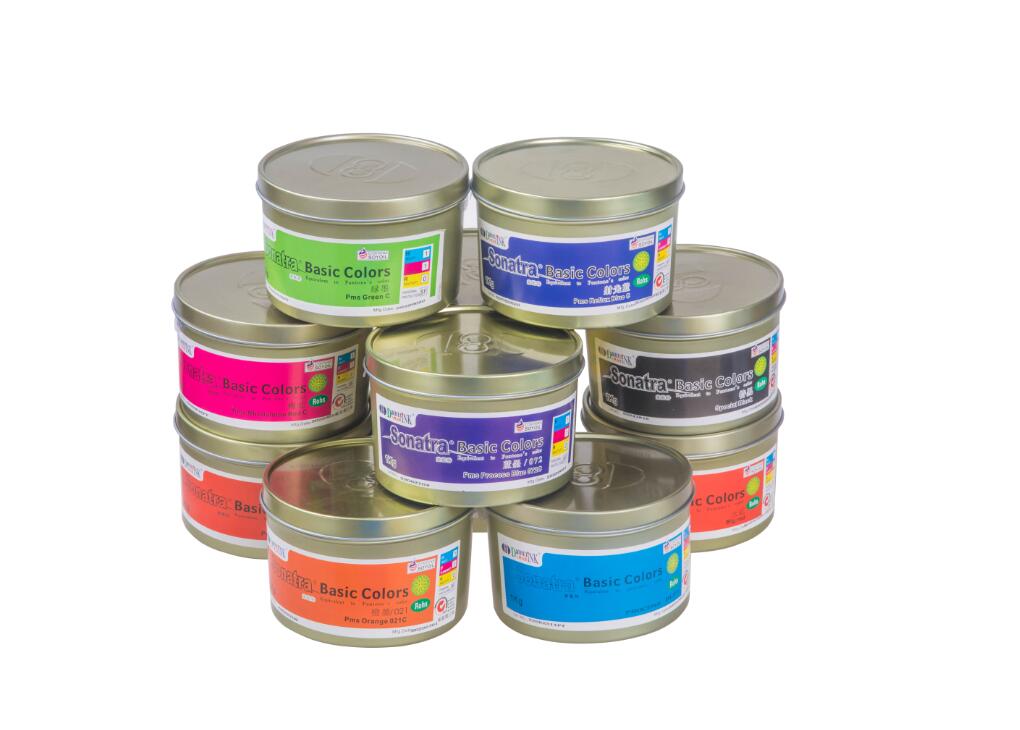 Essential Spot Color Knowledge for Printers and Brand Owners
Essential Spot Color Knowledge for Printers and Brand Owners
Jul 18, 2023
Introduction:
Understanding spot colors is crucial for both printing companies and brand owners who aim to achieve accurate and consistent color reproduction in the printing process. This article outlines key concepts and considerations related to spot colors that every printing professional and brand owner should be aware of.
Spot Colors vs. Process Colors:
Spot colors, also known as solid colors or Pantone colors, are pre-mixed inks that offer precise and consistent color reproduction. Unlike process colors (CMYK), which are created by blending four ink colors, spot colors are formulated as individual inks. Spot colors are commonly used to achieve vibrant or specific brand-matching colors that are difficult to reproduce accurately with process colors alone.
Pantone Matching System (PMS):
The Pantone Matching System is a standardized color reproduction system widely used in the printing industry. It provides a universal language for designers, printers, and brand owners to communicate specific colors. Each Pantone color is identified by a unique number, ensuring consistent color reproduction across different printing processes and locations.
Color Matching and Proofing:
Achieving accurate color reproduction with spot colors requires proper color matching and proofing processes. Printers and brand owners should collaborate closely to define color expectations, provide Pantone color references, and conduct thorough color proofing to ensure the desired results before final production. Color swatches, physical proofs, or calibrated color monitors can help with color evaluation and approval.
Ink Formulation and Mixing:
Spot colors are formulated with specific ink recipes using pigments and bases to achieve precise color results. Printing companies must have skilled ink technicians who can accurately mix and match spot colors according to Pantone specifications. It's essential to maintain consistency in ink formulation across different print runs to ensure color accuracy and brand integrity.
Substrate Considerations:
Different printing substrates can affect how spot colors appear. Factors such as paper type, surface texture, and ink absorption can influence color vibrancy and consistency. Printers and brand owners must consider and test spot colors on various substrates to ensure desired color outcomes.
Color Management:
Implementing robust color management practices is crucial for maintaining consistent and accurate spot color reproduction. This includes using color measurement instruments, such as spectrophotometers, to measure and control color accuracy and implementing color management workflows to monitor and adjust color throughout the printing process.
Design for Spot Colors:
Designers play a vital role in leveraging spot colors effectively. They should understand the technical limitations and advantages of spot colors and design with spot color separations in mind. Well-prepared design files with proper color separation and Pantone color specifications simplify the printing process and enhance color predictability.
Conclusion:
Spot colors are a powerful tool for achieving vibrant and accurate color reproduction in printing. Both printing companies and brand owners need to possess a solid understanding of spot colors, ink formulation, color management, and design considerations to ensure consistent and visually appealing results. By effectively leveraging spot colors, they can enhance brand recognition, produce high-quality printed materials, and meet or exceed customer expectations.
Read More


 Essential Spot Color Knowledge for Printers and Brand Owners
Essential Spot Color Knowledge for Printers and Brand Owners